In Mussoorie, Uttarakhand, a 100-acre forest has been home to some visitors. People yes, but also bears, the Himalayan Red Fox, and even leopards. They’re all visiting the Jabarkhet Nature Reserve, the first-ever privately owned and operated wildlife sanctuary in Uttarakhand. It is hard to believe that just a few years ago, this patch of forest was degraded, and filled with garbage.
It transformed thanks to the efforts of a two-person team, one of whose members is Dr. Sejal Worah (SW), Programme Director at the World Wide Fund for Nature-India. For over 25 years now, she has been working in the field of conservation. Her work has taken her to over 20 countries, ranging from Thailand, to Fiji, to the United Kingdom, to Uganda.
As birds chirp merrily in the background, Dr. Worah describes how local communities were involved in the regeneration of Jabarkhet Nature Reserve, the problem with reactionary tourism policies, and the potential for ecotourism to blossom in India.
VR: The Jabarkhet Forest Reserve that you’ve developed in Mussoorie is fascinating. Why did you want to develop it?
SW: Our family had a house in Mussoorie, so we used to come here during the summer holidays when we were younger. We were very fond of being outdoors and used to often hike to different patches of forest. At that point, we were unaware that the land we were hiking on was actually part of a privately owned forest.
Then as I grew up, my work took me to about 25 countries over 15 years. When I came back to revisit our childhood hiking memories in Mussoorie, I was shocked to see the town of Mussoorie, and the forests where we used to hike, in a terrible condition–rampant development was taking place and the forest had degraded. The owner of the forest didn’t come there much. It had become a forest of open access, where everyone was using it, but no one was caring for it.
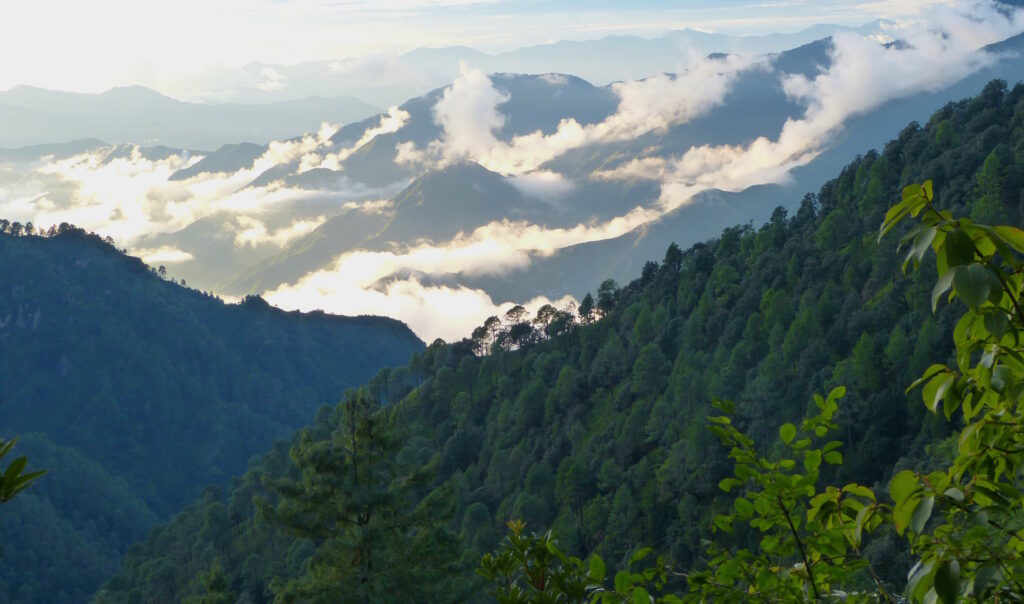
It really hit me then: here I was, going around the world and talking about conservation, when there were conservation issues that needed to be addressed in my own home town. I managed to get in touch with the person who owned the forest. He was a businessman from Mumbai, and when we spoke about what could be done to revive the land, he really liked the idea of creating a conservation model. So, we jointly came up with this idea of setting up a private nature reserve.
VR: What were the processes involved in converting this degraded forest into what it is today?
SW: The first step was to simply clean up all the garbage. In the beginning, I think we collected some 800 kilograms of trash!
The second more difficult thing to do, was to convince the people living nearby to change certain practices in the forest. Understandably, this created a lot of resentment. They were suddenly given a set of regulations—their cows could only graze in a particular area, they weren’t permitted to cut the trees, etc. However, we never fenced the area or completely prohibited use—the concept was to rely on “social fencing” where people would regulate the activities themselves, as they realised the benefits of a thriving and healthy forest.
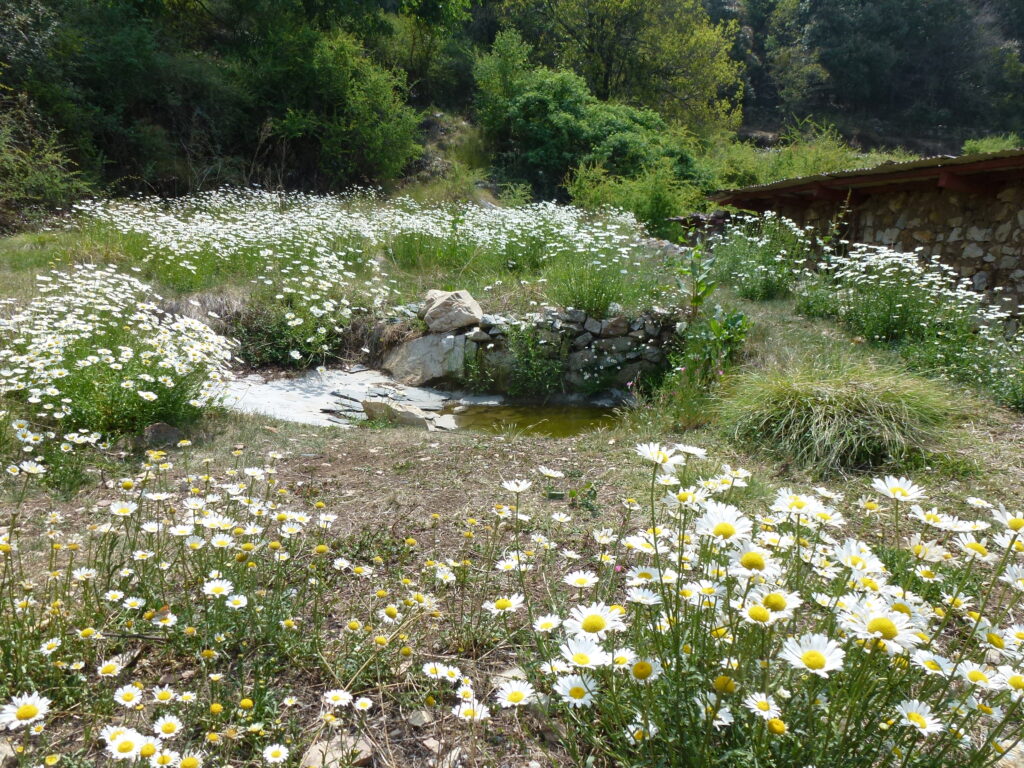
Then, our efforts moved towards removing a certain weed called eupatorium–an invasive species–to let natural flowers and vegetation grow. When we did this, along with controls on grazing, in just a year we saw a real transformation—we had mushrooms, grasses, and flowers growing everywhere. We have also made a few water holes for the wildlife, which we fill every day. That’s also where we install our cameras: we can see a lot of wildlife activity here, they are really coming back now.
While we have planted a few hundred native trees, the main effort was in reducing the human and livestock pressure on the forest and allowing it to recover. Natural regeneration has done the rest!
VR: What kind of animal and plant diversity can be seen in Jabarkhet?
SW: (Explains excitedly) We got bears! Over the past years, discussions with locals informed me that bears were no longer spotted in Mussoorie. We believe there is a reason behind why they returned to the Reserve. We have a lot of oak trees. Earlier, villagers regularly lop [cut parts of the tree] the oak trees for cattle fodder. Since we stopped the lopping, acorns were allowed to grow, along with other berries and fruiting trees, which is why, perhaps, the bears have returned. In fact, they have become residents! They stay mostly throughout the year, with their cubs.
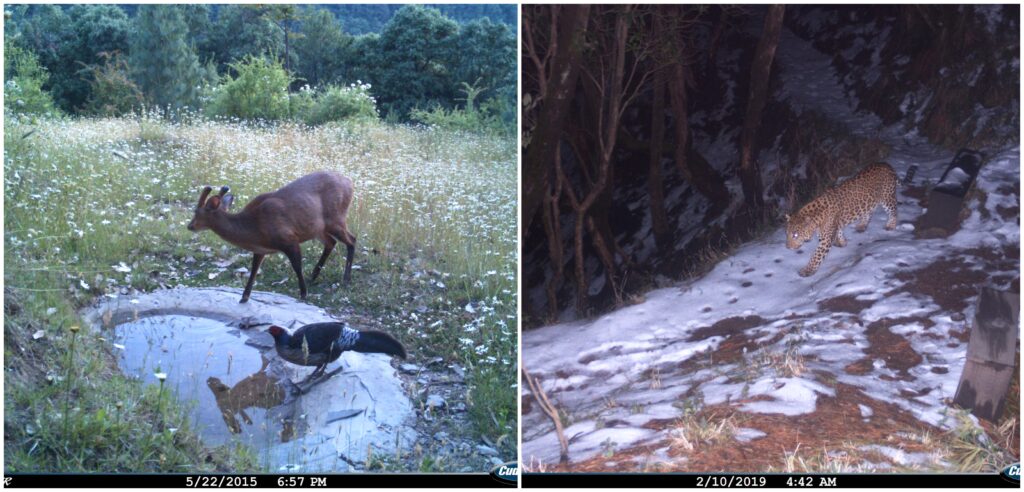
We have even spotted the Himalayan Red Fox, leopards, and herds of Himalayan Gorals. Sambhar deer and jungle cats, both of which are usually found at much lower heights, have also been seen. At Jabarkhet, we have documented around 140 species of birds, 300 species of flowers, and over 100 species of mushrooms too.
These are the kinds of things that we show people when we take them for nature walks. That these many types and colors of mushrooms exist is beyond the imagination of many. Visiting the reserve opens up a whole new world for them. We have also trained our guides, who belong to the local communities here. They are excellent at their work—they take people on these nature walks, and make the whole forest come alive!
VR: While you were deciding upon a conservation model for Jabarkhet Reserve, were there ever discussions about making this a common property resource that could be shared with the locals?
SW: We need to remember that this land is someone’s private property, it’s not ‘commons’ or government-owned land. So, the main discussions were on convincing the owner to set aside a big chunk of his land for conservation, and on figuring out how this effort could pay for itself. I only had limited funds to invest in the Reserve, and in the long run, we had to find a way to sustain it. Funds for running such a venture can either come from wealthy private owners, from the government, or from grants. Or we can convert the land into a business venture which generates its own funds.
While we were in discussions, I would think like an NGO, and talk about setting up a trust, or writing grant proposals to raise funds. The owner of the forest, being a businessman, thought differently. He was very clear that unless this place pays for itself, it’s not going to be sustainable. So, if we were going to create a conservation model, we needed to make it economically viable. Creating a business model and plan were all new concepts for me but I understood the logic, particularly if we were to attract other private forest owners to adopt this model.
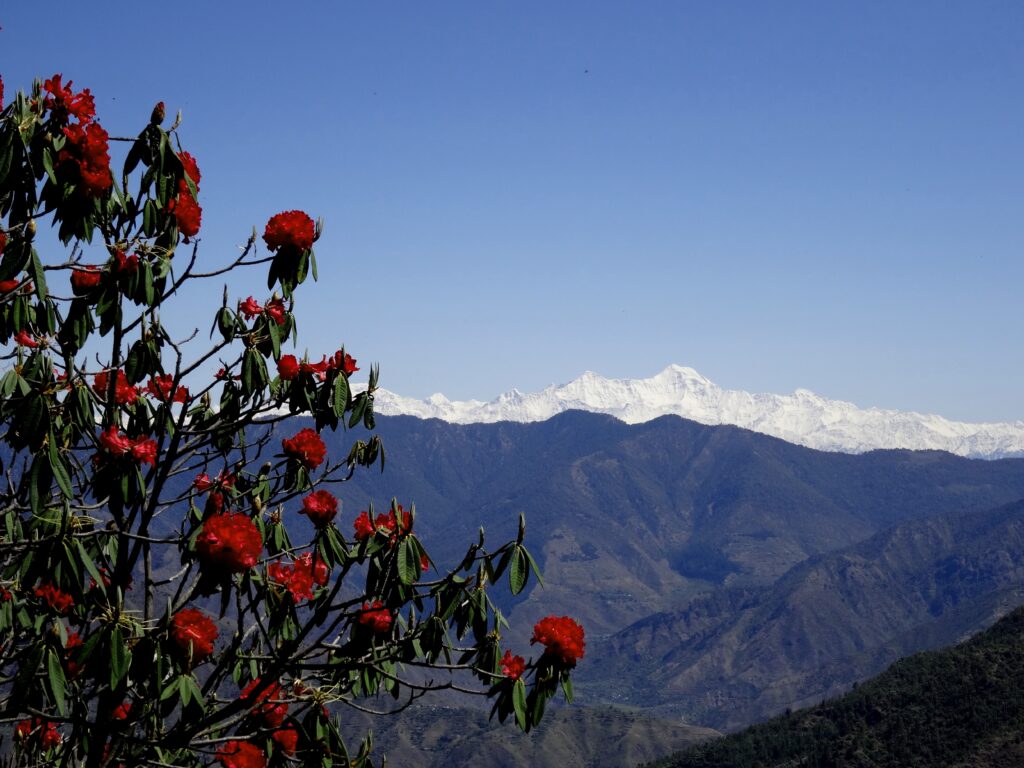
Today, I feel we made the right decision. Around the area, there are many other privately-owned forests. Usually, the owners want to either monetise their forests, or convert the area into resorts or hotels. Our idea, on the other hand, was to show the owners that conservation also pays. This model, in effect does two things—it pays for itself, and hence, the forest does not become a burden to the owners. Two, it has generated a number of local livelihoods. When I started, I also wanted to create and train a cadre of young local naturalists. From the first group of boys that we trained, one has become a nature guide with us, and he is excellent. He even received a National Award for the best nature guide. We now have three such young guides from the local area working with us. At the very least, an option of a different future, a new front even, has opened up for them. In the long run, we hope the trained youth completely manage the Reserve on their own. We are slowly working towards that, that would be the ultimate success of this model!
Even though it’s a small patch of 100 acres, the impact is now visible and it’s exciting. Van panchayats [Village Forest Councils are unique community-managed forest institutions in Uttarakhand] are seeing this as a model that could be used for the forests that come under them. People from other states have also told us about how this model has inspired them to set up similar small conservation areas.
VR: Usually, when it comes to ecotourism, many tour operators do not wish to shift to it because they feel it is not economically viable. Do you think your experience challenges this notion?
SW: Yes, but it is very contextual. Today, it seems that anything and everything can come under the tag of “ecotourism.” But you can’t call it ecotourism if you build a huge resort and employ a few local people. For us, when we began with the idea of only guided nature walks, and no resorts or accommodation–or even a tea shop–we were told it would not work. If people want to go for a walk, they can go anywhere, why would they want to pay for one?
But amazingly enough, within the first three years of opening up, we broke even. I partly feel that this model worked for us was because the Reserve gives a very different experience. Apart from its ecological beauty, feedback given to us has also mentioned that it is heartening to see how passionate and knowledgeable the nature guides are. Our satisfaction level is at 99% currently. Nobody has questioned the small fee we charge for the walks, which helps to cover the costs of the team and the maintenance of the Reserve.
We also have a membership model where we encourage people to become members. With a membership card for friends and family, one can visit the Reserve as often as they like. Some of the schools, hotels, and resorts around here have also become members, and upon payment of an annual fee, they also send their guests to us.
“We wanted to send a message to our community that even women can run tourist businesses!” Swathi, Priyanka and Ayesha, part of #India‘s all women mangrove safari crew ?️ ??♀️, are successfully modeling an ecotourism programme in #Sindhudurg, #India: https://t.co/behJpzbg6w pic.twitter.com/4McN9ux2vR
— UNDP India (@UNDP_India) July 2, 2019
VR: When you look at policy interventions in tourism, it seems that the approach has been more reactionary, in terms of a number of bans and regulations, than precautionary. Do you think this is the only way to look at interventions in the sector?
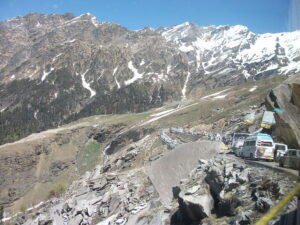
SW: The problem in India is that we don’t regulate at the right time, and we then opt for a ban in hindsight. Consider the situation at the Rohtang Pass [Himachal Pradesh]. In the face of overcrowding and traffic jams, the only option became a complete ban on petrol and diesel vehicles in 2015. If the authorities had an idea of the carrying capacity of a high altitude pass, they would have regulated people and cars from the very beginning.
A similar case is the temporary ban on White Water rafting camps in Rishikesh. Over the years, getting a license for setting up rafting camps became easier, and with no regulation, one could trace 200 rafting camps in just one small stretch of the Ganges! What’s worse is that to set up these camps they were cutting trees, and many had no proper waste or sewage disposal systems in place.
This is a problem with our model, we have no foresight when it comes to planning. We need to change this reactionary approach.
VR: What do you think is a good way of changing this?
SW: We need to create value in small-scale tourism, rather than in the mass tourism that we see now. Yet, small-scale tourism can only thrive if it is in the hands of local communities.
In Uttarakhand for example, over the last few years roads have started coming up connecting remote villages. These villages saw the opportunity for tourism, and have set up homestays, or constructed additional rooms. Massive construction has been going on to occupy the tourists who are coming in.
While it is great that smaller villages are able to make money out of this, they were still on the path towards mass tourism. This whole model could have worked more in sync with the ecology of the place, had some eco-friendly norms been in place, such as using solar energy and practicing water harvesting for their homestays. This was such a good opportunity to create a good eco-friendly network of homestays.
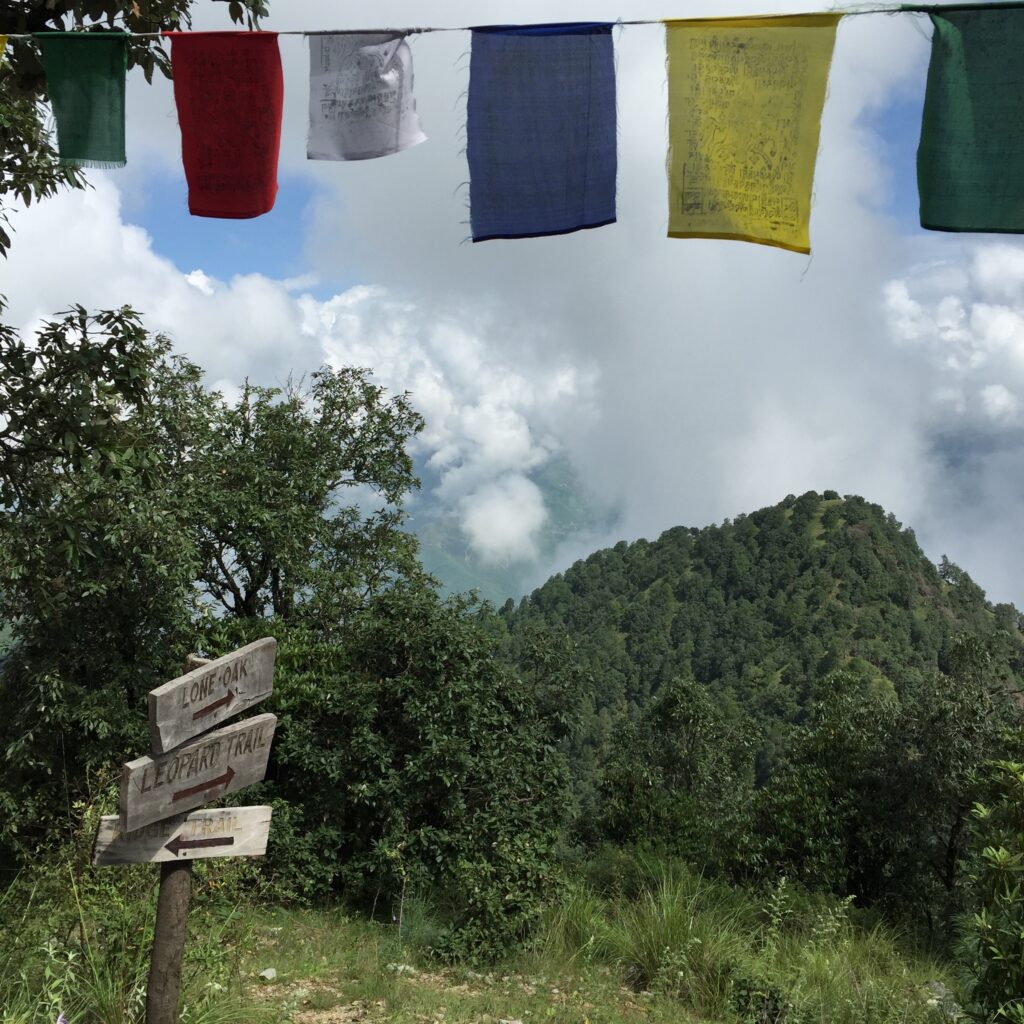
Again, understanding the carrying capacity of an area is important, before overcrowding ruins it. At Jabarkhet for instance, we take an average group size of five people. Sometimes, we do have batches of school students in a large group of 30-40, but we are very careful when we take them on. We have also been approached for corporate retreats with 60 people, and we just refused them. We have to be careful of overcrowding the place, and we manage this well by understanding our carrying capacity limitations.
VR: What is your experience of being a woman in the field of conservation and eco-tourism?
SW: As soon as I was just out of college, I knew I wanted to be in conservation. In those days in India, it wasn’t a very common field for women to get into. The fact that my family was supportive of me doing strange things like going and living in a forest for three years, helped a lot. At the same time, there was a lot of pressure on my parents from society at large.
After my Ph.D., while I was abroad, I observed that when interacting with government officials, there would be a bit of surprise on seeing me, a woman, in the room. But I think it’s up to you, your knowledge, and your ability to be able to convince them. This was a bit of a hurdle to overcome. Once that happened, I never felt that resentment or pressure.
Coming back to India, I felt the same while interacting with senior government officials. To get to a certain position, women have to prove themselves, perhaps a bit more than men have to. As I have become older, and greyer–I purposely didn’t dye my hair! [breaks into a laugh]–I think that pressure has become less. In India, age and seniority are respected. I can honestly say that apart from some push backs, I don’t think there was a very serious pressure.
When I started, it was a lonely place. But now, I’m really glad to see so many women working in the conservation sector today. I also know that a lot of them face pressure from home. I give them a pep talk whenever they share this with me. But it’s great to see them do the things that I wish I could do all over again.
Featured image courtesy of Dr. Sejal Worah | Views expressed are personal.


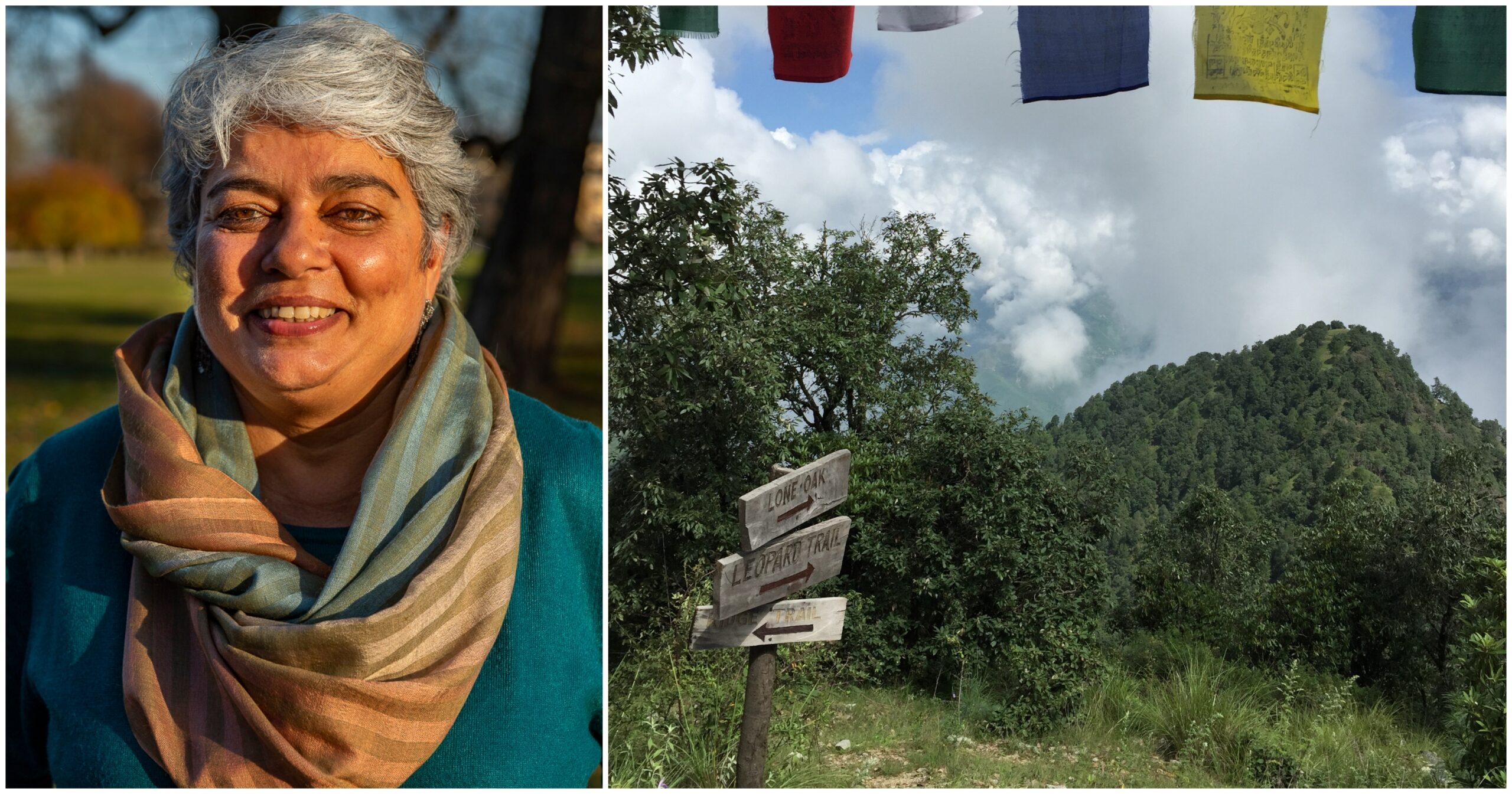




Very nice.
enjoyed reading this, I visited Mussoorie in 93, and later heard about all the overdevelopment, glad to know this initiative is happening. Keep rocking Sejal!
Great to read this interview. A good model that offers some useful insights and learning for replication elsewhere.
lovely interview. v insightful